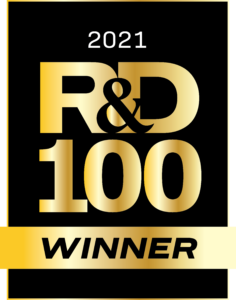|
Bison: A Finite Element-Based Nuclear Fuel Performance Code
Bison is a finite element-based nuclear fuel performance code applicable to a variety of fuel forms including light water reactor fuel rods, TRISO particle fuel, and metallic rod and plate fuel. It solves the fully-coupled equations of thermomechanics and species diffusion, for 1D spherical, 1D layered, 2D axisymmetric, 2D plane strain, or 3D geometries. Fuel models are included to describe temperature and burnup dependent thermal properties, fission product swelling, densification, thermal and irradiation creep, fracture, and fission gas production and release. Plasticity, irradiation growth, and thermal and irradiation creep models are implemented for clad materials. Models are also available to simulate gap heat transfer, mechanical contact, and the evolution of the gap/plenum pressure with plenum volume, gas temperature, and fission gas addition. Bison has been coupled to the mesoscale fuel performance code Marmot, demonstrating fully-coupled multiscale fuel performance capability. Bison is based on the MOOSE framework and can therefore efficiently solve problems using standard workstations or very large high-performance computers. Bison is currently being validated against a wide variety of integral light water reactor fuel rod experiments.
See the Bison documentation site for much more information, including build instructions, tutorials, and the code reference manual.
| 
|
Bison Simulations
10 Pellet PWR Rodlet 2D RZ
Bison animation showing the predicted thermomechanical behavior of a 10 pellet PWR fuel rodlet during 2.4 years of fuel life. The center panel shows the evolution of thermal and mechanical contact at the intersection of two pellets and the cladding. The rightmost panel shows clad deformation with the development of a "bamboo" appearance due to hard contact with the hourglass-shaped fuel pellets.
5 Pellet MPS
Bison animation showing the detrimental effects of a fuel pellet imperfection known as a Missing Pellet Surface (MPS). The leftmost plot shows high local fuel temperatures due to an increased gap width at the MPS. The clad hoop stress is also significantly increased as shown in the center and top right plots. Line plots document the rod power, fission gas release fraction and plenum pressure.
Background Reading
Bison is a nuclear fuels performance code, and as such, some background reading about light water reactors (and nuclear fuels in general) may be helpful to those using or developing Bison. Check out the following references (and doi links) for some reading material recommended by the Bison development team.
-
Paul Van Uffelen, Modeling of Nuclear Fuel Behaviour, European Commission, Directorate-General, Joint Research Centre, Institute for Transuranium Elements, 2006. here
-
Joseph Rashid, Suresh Yagnik, and Robert Montgomery. Light water reactor fuel performance modeling and multi-dimensional simulation. JOM Journal of the Minerals, Metals and Materials Society, 63:81–88, 2011. doi: http://dx.doi.org/10.1007/s11837-011-0144-9
-
Giovanni Pastore, Lelio Luzzi, Valentino Di Marcello, Paul Van Uffelen. Physics-based modelling of fission gas swelling and release in UO2 applied to integral fuel rod analysis. Nucl. Engrg. Design, 256:75-86, 2013. doi:
http://dx.doi.org/10.1016/j.nucengdes.2012.12.002
|


